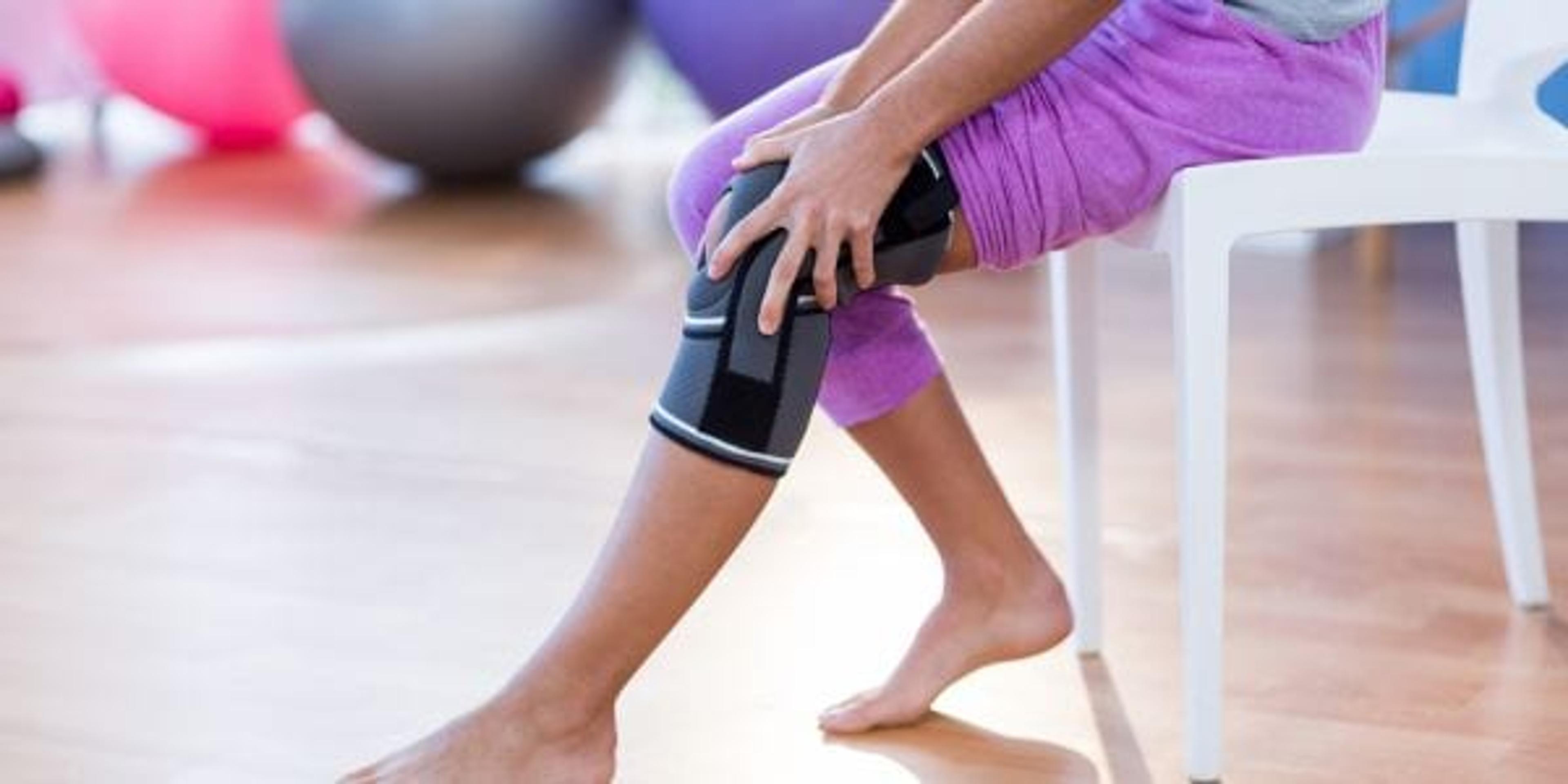Arthritis Does Not Discriminate By Age

Jennifer McCallion
| 3 min read

I knew at one point in my life I would be dealing with stiffness and achy joints.
However, I never imagined I would be experiencing physical limitations at the age of 32 years old. But after 18-plus years playing competitive soccer and three ACL surgeries later, osteoarthritis (OA) was inevitable. In fact, around 80% of soccer players with a history of knee injuries have evidence of OA 10 to 30 years after competing.

Jennifer playing during one of her varsity soccer games at Troy Athens High School.
I am part of that 80%.
Osteoarthritis is a chronic a condition that is the degeneration of joint cartilage most often found in the knees, hips, lower back and neck as well as small joints of the fingers, thumbs and toes. It is the most common chronic condition of the joints and affects approximately 27 million Americans, mainly in people older than 65 but can be found in athletes and younger individuals.
As a young adult dealing with OA there are not only physical deterrents but mental battles to conquer as well. From growing up constantly active and competing at a high level, having to scale back my physical activities a lot sooner than expected is a hard concept to grasp. In my mind I can still play, I can still compete but then I am quickly reminded when the feeling of stiffness creeps up after running for more than 10 minutes or as I make something as small as a quick turn, and my knee locks up.
When I was first dealing with OA, I felt defeated. I felt like I was never going to be able to experience the high of a good workout or the adrenaline from competition ever again.
But through sports and my upbringing, I was taught to never give up. Competition and physical fitness are a huge part of my life and to still experience this I had to approach life differently from activities and habits to my diet as well.
I still play soccer recreationally (with a knee brace) and I am very vocal to my teammates about my limitations and when I need a break. After games, I ice and take anti-inflammatory medicines, too. Outside of soccer, I try to consistently get in good workouts by strength training coupled with low impact cardio including the elliptical, biking or swimming. Last year I tried out Bikram yoga and the combination of stretching and strength building techniques in high temperatures felt amazing to my body and joints. I have realized certain foods like salmon, blueberries, and avocado, eaten consistently, help me in my everyday activities. All of these elements do not eliminate but help reduce the aching and pain that comes along with the osteoarthritis.
The moral of my story is that arthritis can happen at a young age but does not need to completely limit your physical activity. Look at it as an adjustment and a new way to approach a healthy, active lifestyle.
If you enjoyed this post, you might also like:
Photo credit: Wavebreakmedia





